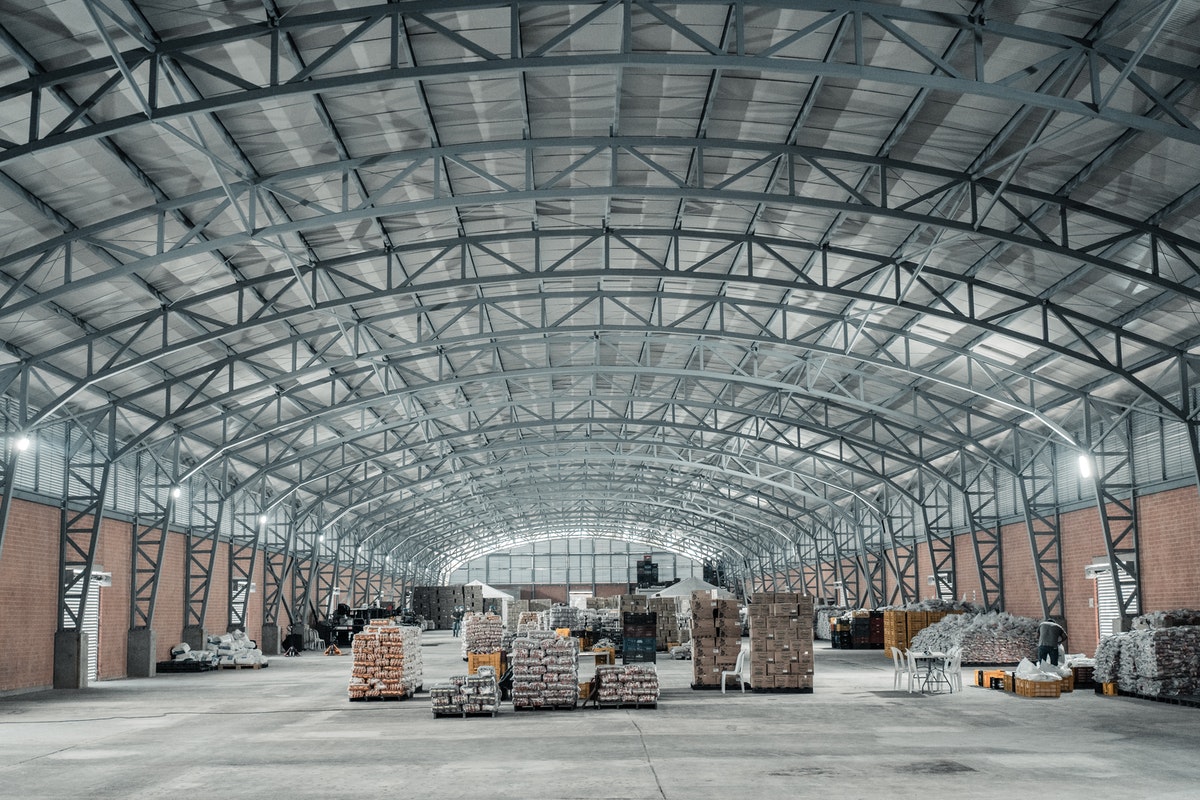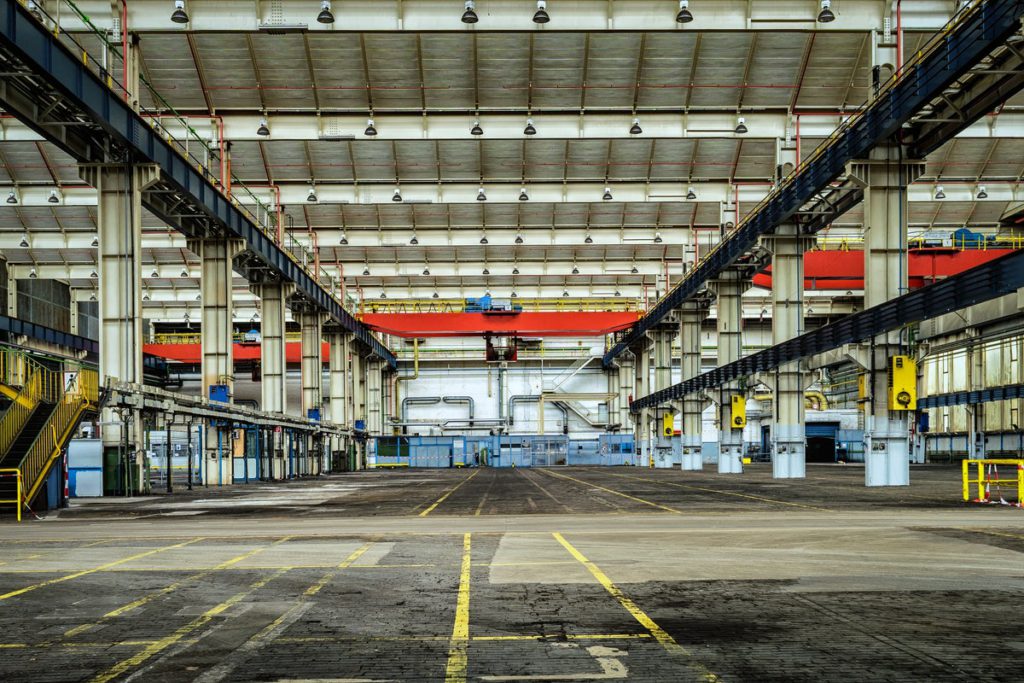
Warehouse logistics involves the movement of physical goods (shipping and receiving) and also the movement of more abstract goods, including information and time. Ultimately, however, logistics is concerned with moving goods (both raw and finished) into and out of the warehouse. Warehouse logistics covers all of the various complicated factors–organisation, movement, and management–that go into the storage of goods.
Warehouse management systems assist with optimising inventory and tracking, warehouse operations, workload allocation, and transportation. To start, right from suppliers to customers to the movements of the inventory, warehouse management systems (WMS) streamline all of your warehouse operations. More than just an inventory management system, a Warehouse Management System takes over all your warehouse logistics, from stock tracking and management to the fulfilment of orders.
Now that you understand the importance and role of warehouse management systems in logistics, it is time to select the right system for your warehouse functions. Understanding your existing warehouses and logistics is essential, so you can identify functional flaws in choosing the new system. In addition, having a solid warehouse organisational plan is necessary for receiving and storing all of your new inventory.
It is more accessible to stock, ship, and allocate products when you have a centralised tracking system at your office warehouse. In addition, an effective warehouse tracking system allows you to work with your vendors and suppliers to identify and minimise faulty commodities. A sound warehouse management system even helps to create electronic pick lists from orders, which can keep your inventories near each other to reduce inefficiency.

Not only do warehouse management systems minimise safety inventory needs, but they also routinely enhance the amount of space available in a warehouse by efficiently and systematically placing products relative to receiving, packing, and shipping areas. The gap in production can be reduced by using a warehouse as the central storage for all your goods. Choosing a warehouse with a more significant advantage in the location allows for lower asset utilisation at every point—Itas important to select a warehouse that compliments those other contact points in the supply chain.
With the right warehouse location and the right crew taking care of your goods, you will be able to deliver the best customer experience for your customers. Logistics warehousing is essential to businesses because you can streamline the supply chain more efficiently, improving your success and profitability. Resourceful and effective warehousing management significantly increases growth and expansion in logistics and supply chain businesses. Warehouse management activities are a part of logistics supply chains, and they have gained prominence over the past year, as besides being spaces used for storing goods, they contribute value by providing different services.
At the highest level, Warehouse Management involves receiving and organising storage spaces, scheduling staff, managing inventories, and filling orders. For instance, warehouse management involves:
- Optimising the use of warehouse space to maximise storage for inventory.
- Making inventory easier to locate by employees.
- Providing sufficient labour.
- Effectively filling orders.
- Coordinating communications with suppliers and shipping companies to ensure materials are received and orders are shipped on time.
Zoom in a bit more, and you can see that effective warehouse management involves optimising and consolidating each of these processes, so all aspects of the warehouse operation work together to improve performance and reduce costs.
Any company that stores items in a warehouse know effective management is the difference between fulfilling customers’ orders quickly and accurately, keeping costs down, versus hearing complaints of late or inaccurate deliveries and higher operating costs. In the end, although you can put tools and procedures in place to help manage and monitor your warehouse logistics, a fluid operation depends on careful monitoring, adequate training, and evolving policies. Getting the maximum returns from the investments made by the company is a primary goal for every company’s owners, and managing the logistics associated with the warehouse side of the business is one of the most challenging tasks, especially for those who own smaller businesses with limited space for warehousing.
Fortunately, for business owners that incorporate proper warehouse practices into their overall SCM strategy, the warehouse can help minimise errors during the product shipment, creating the room to deliver goods quickly and safely. Another reason why good warehousing is essential to SCM is that it provides businesses with the means to guarantee that they will have the right products at suitable locations at any given moment. On the one hand, warehousing is focused on storing goods safely inside a building. However, at the same time, logistics is the functional aspect of the warehousing and shipping of goods stored within the industrial shed.
Warehouses are suitable for storing excess goods that customers and clients do not immediately require. For instance, a warehouse close to the loading dock is perfect for accepting and storing supplier goods. Using these types of systems, which best utilise the space, and applying technologies that allow for the optimal recording and monitoring of the inventory, logistics warehouse activities and efficient distribution tasks add value to the supply chain.
Through effective operations, the warehouses can cut down various costs, including the cost of shipments, transportation costs, transport costs, etc. The company can improve its competitive edge through warehouse management through improved inventory accuracy, reduced labour costs, increased flexibility, and improved customer services and responsiveness. Optimal warehouse management must consider the added benefits, the reduced costs, and the value-added to the supply chain for your business to continue meeting profitability goals. Implementing a warehouse real-time management software could significantly reduce paperwork, which is traditionally associated with the functions of the warehouse, as well as ensure a timely and ideal flow of stock and information.








